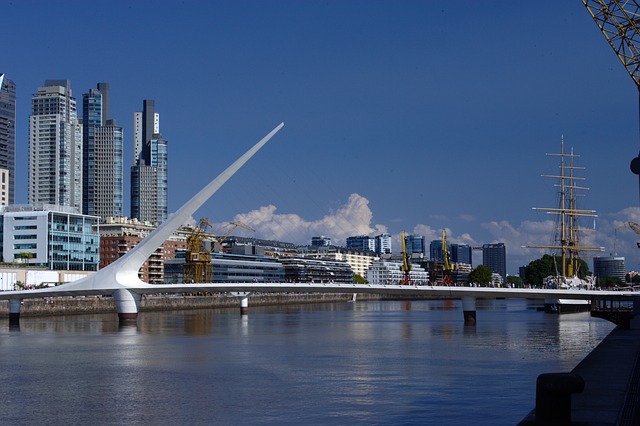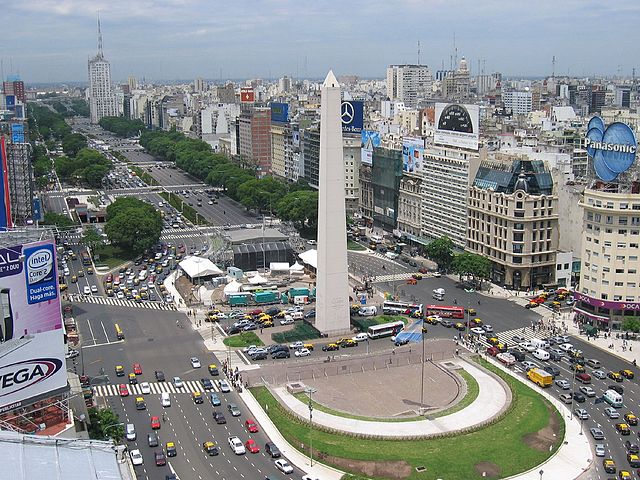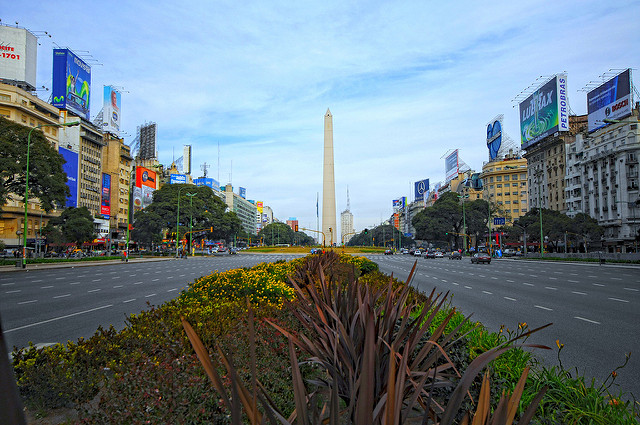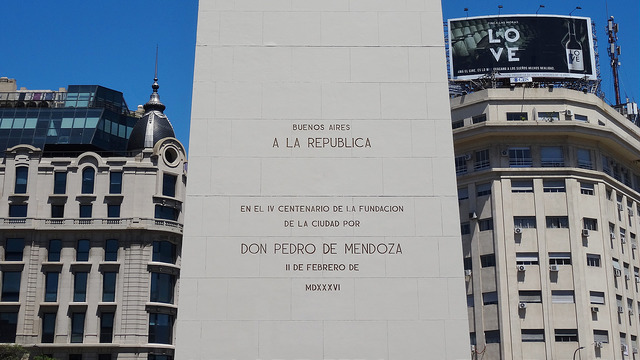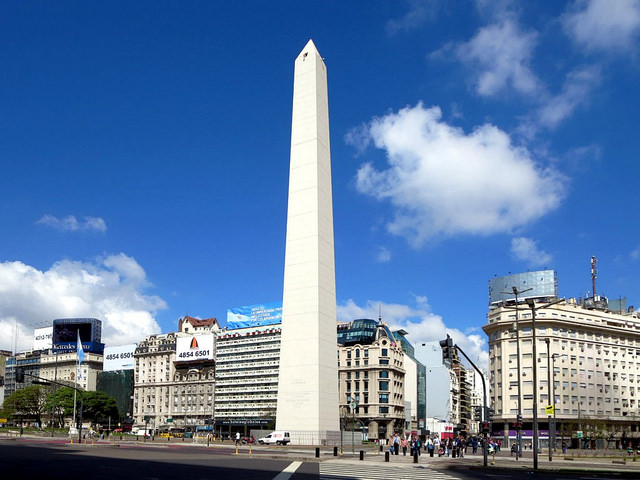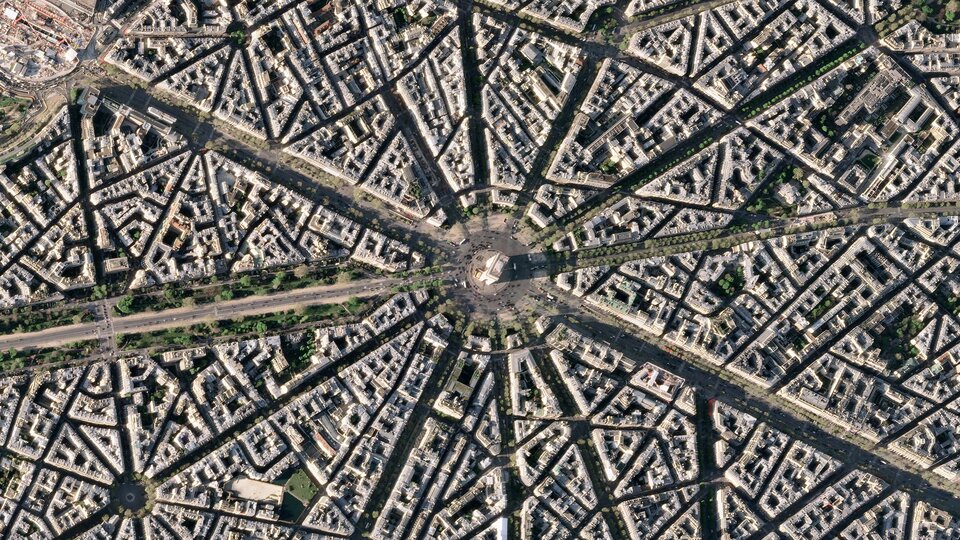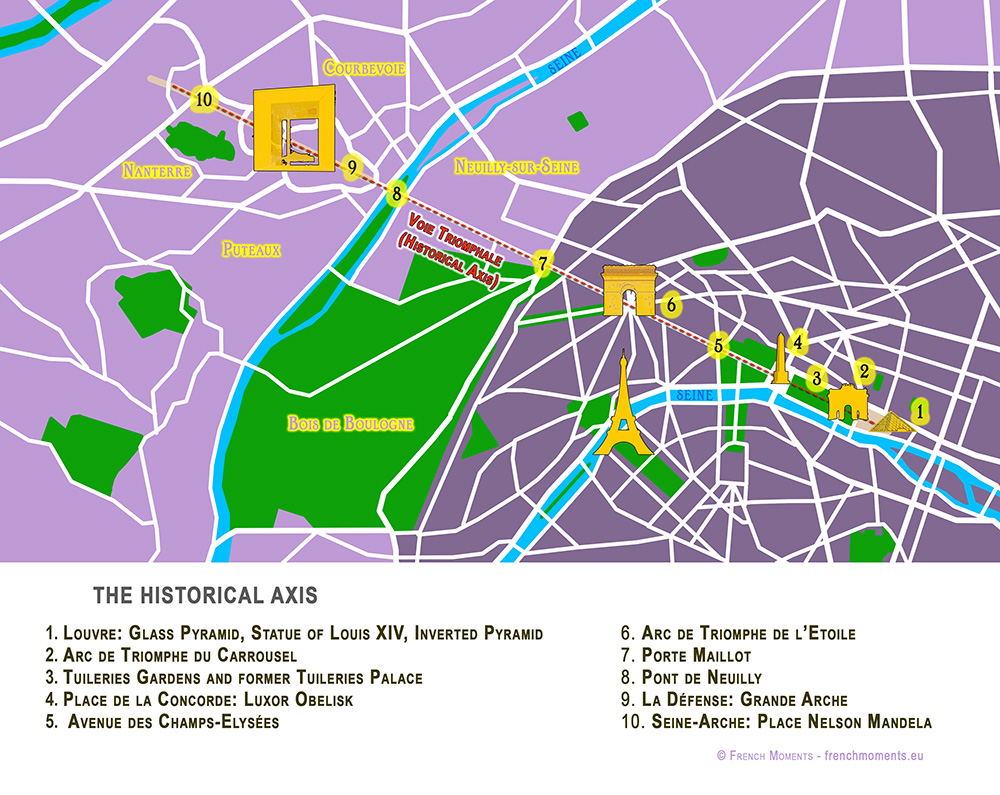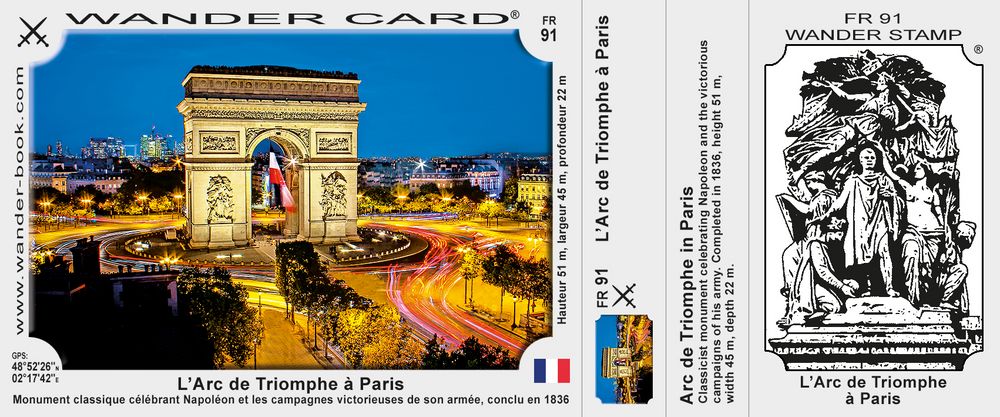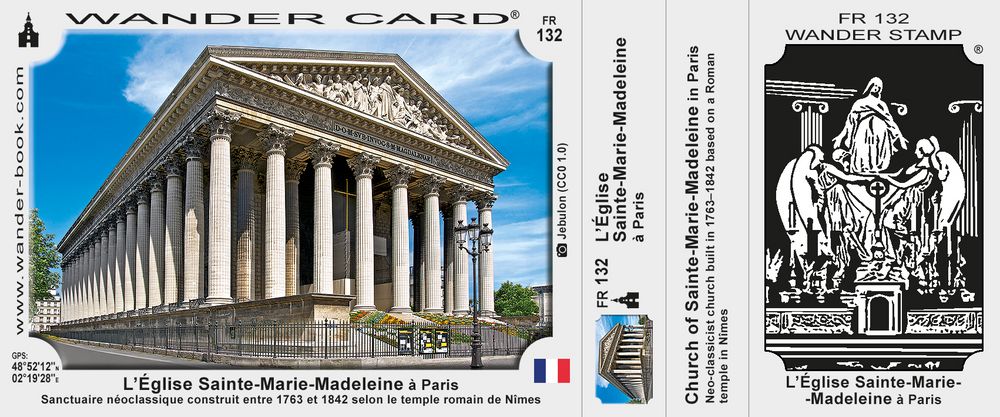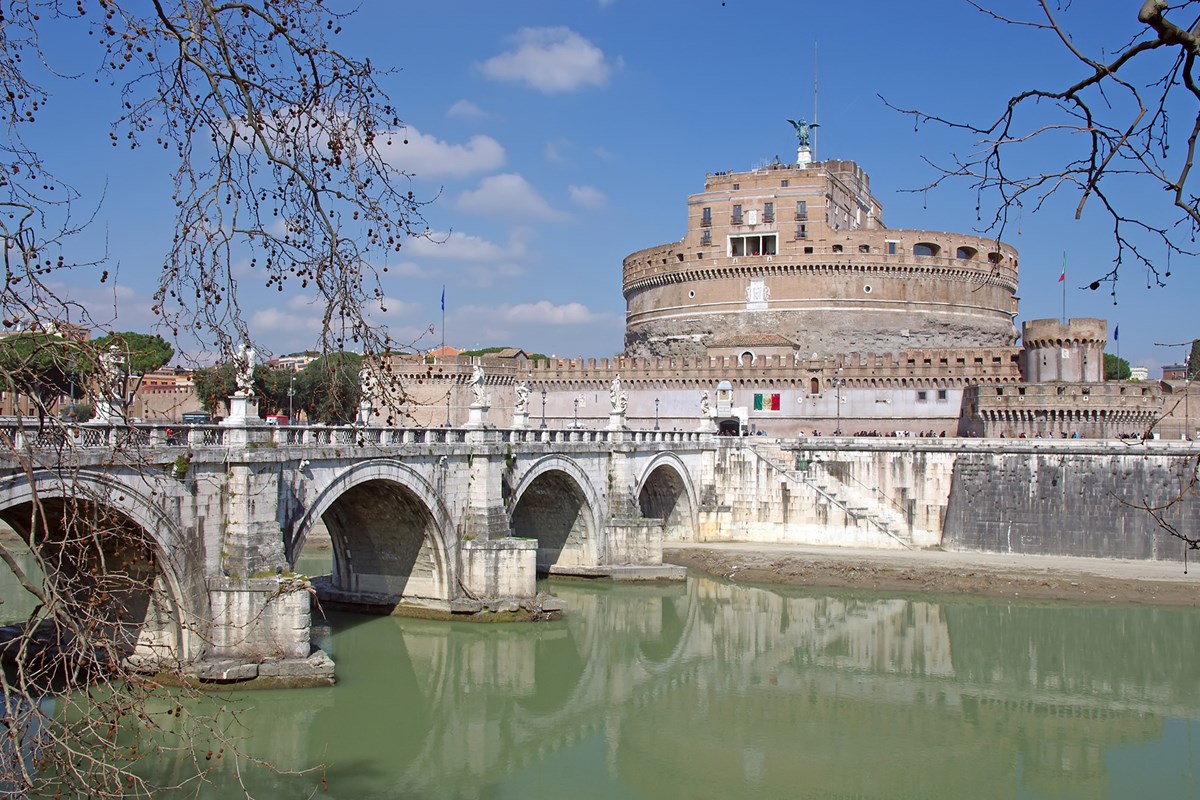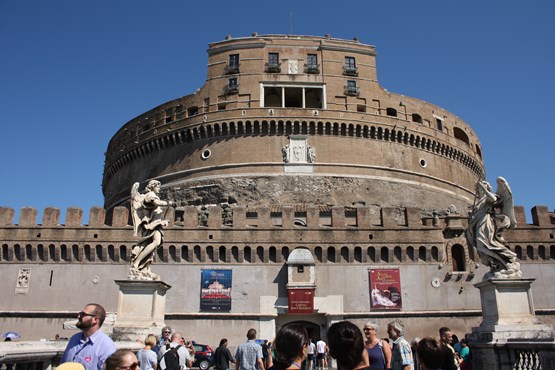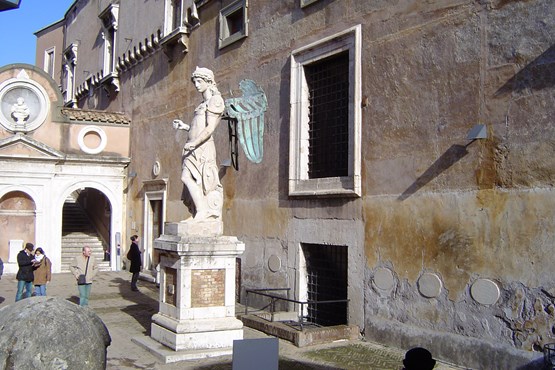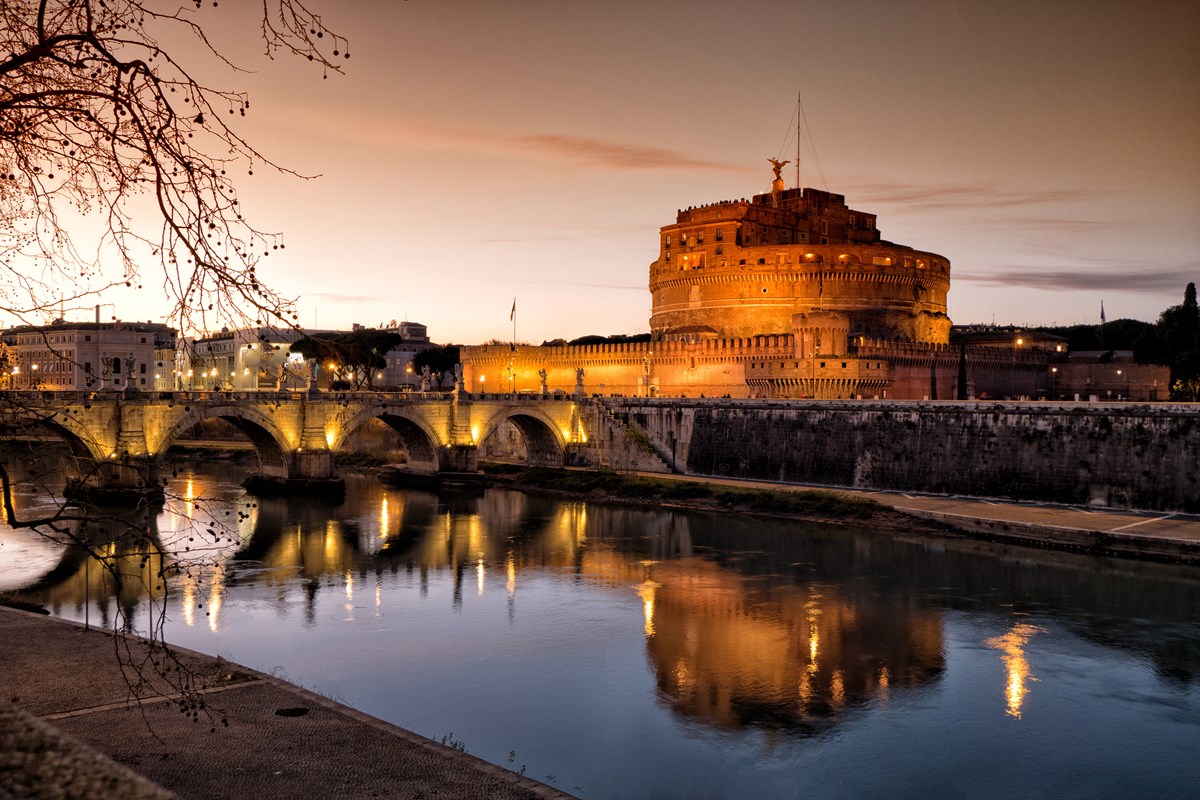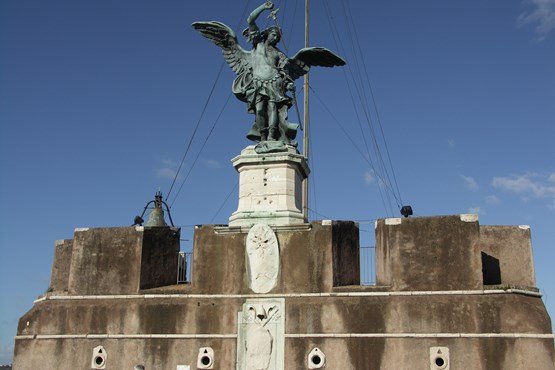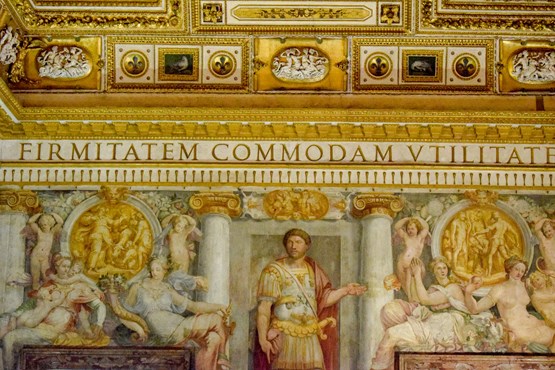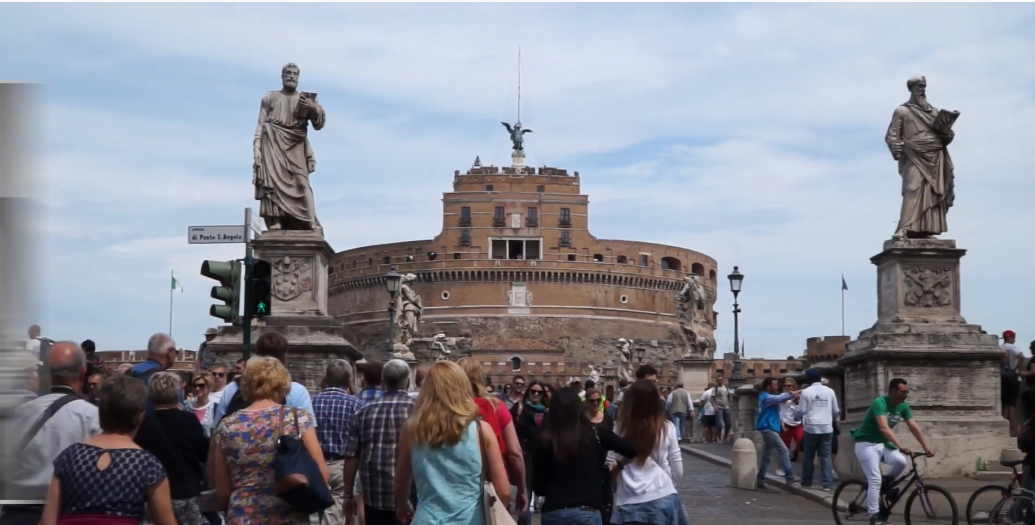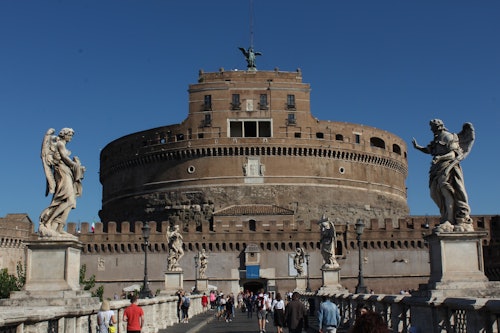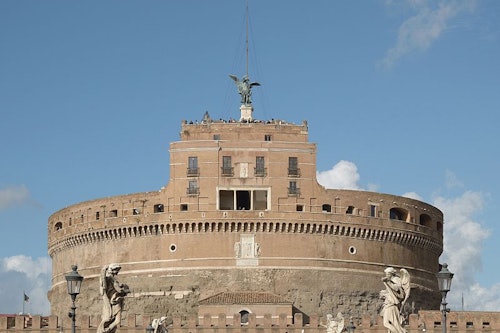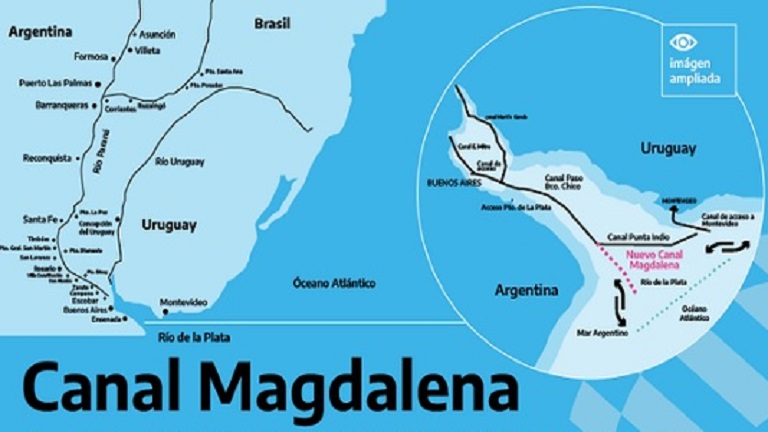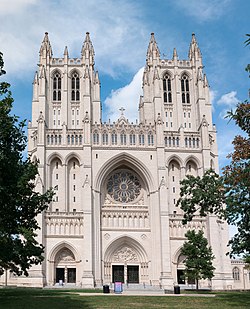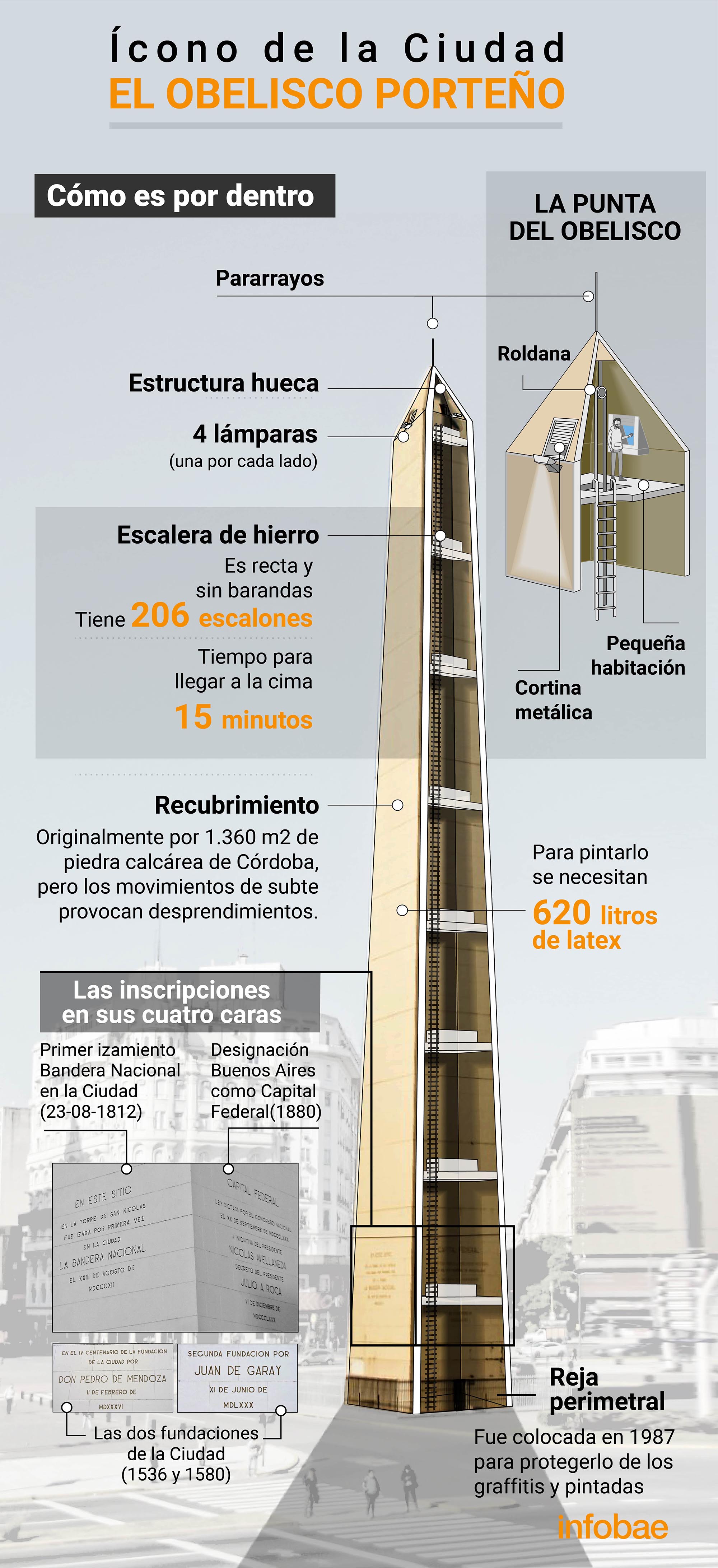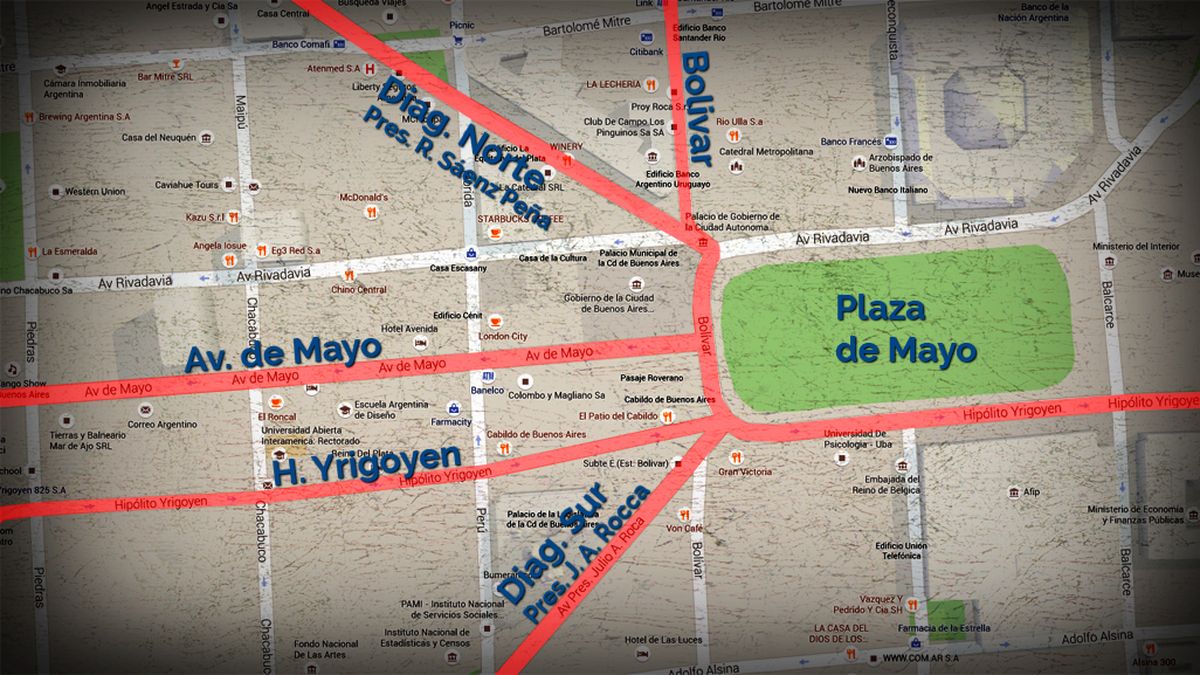|
|
General: La Roca es Cristo, no Pedro...
Scegli un’altra bacheca |
|
Rispondi |
Messaggio 1 di 94 di questo argomento |
|
| Da: Reina4 (Messaggio originale) |
Inviato: 23/04/2021 20:38 |
Buenas tardes a todos...
Me da placer dejarles mis saludos. Hoy voy a hablar de Cristo, la Roca.
Hay mucha confusión sobre el versículo en Mateo 16:18...
18 "Y yo también te digo que tú eres Pedro, y sobre esta roca edificaré mi iglesia, y las puertas del Hades no la dominarán."
Muchos Católicos piensan que la roca se refiere a Pedro pero eso no es verdad. Es una teología Católica y para ellos es importante porque Pedro fue el primer papa en la tradición Católica.
En el primer lugar Nuestro Señor iba a morir por nuestros pecados y ¿por qué iba a darle a Pedro ese puesto? Pedro ya había confesado que Cristo era Hijo de Dios. Se nos dice en Mateo 16:16...
16 "Respondiendo Simón Pedro, dijo:
—Tú eres el Cristo, el Hijo del Dios viviente."
Y de inmediato Cristo le dice...
18 "Y yo también te digo que tú eres Pedro, y sobre esta roca edificaré mi iglesia, y las puertas del Hades no la dominarán."
Pedro iba a ser importante para llevar la Palabra de Dios. Una parte importante de esto es la parte que dice..."y las puertas del Hades no la dominarán." Murió Pedro?...Sí.
Un verso muy importunate es donde el mismo Pedro dice...1Pedro 2:4-8
La piedra viva
4 "Acercándoos a él, piedra viva, desechada ciertamente por los hombres, pero para Dios escogida y preciosa, 5 vosotros también, como piedras vivas, sed edificados como casa espiritual y sacerdocio santo, para ofrecer sacrificios espirituales aceptables a Dios por medio de Jesucristo. 6 Por lo cual también dice la Escritura:
«He aquí, pongo en Sión la principal piedra del ángulo,
escogida, preciosa;
el que crea en él, no será avergonzado.»
7 Para vosotros, pues, los que creéis, él es precioso. En cambio para los que no creen:
«La piedra que los edificadores desecharon
ha venido a ser la cabeza del ángulo»
8 y:
«Piedra de tropiezo y roca que hace caer.»
Ellos, por su desobediencia, tropiezan en la palabra. ¡Ése es su destino!"
Otros versículos sobre esto...1 Corintios 10:1-4
Amonestaciones contra la idolatría
10 "No quiero, hermanos, que ignoréis que nuestros padres estuvieron todos bajo la nube, y todos pasaron el mar; 2 que todos, en unión con Moisés, fueron bautizados en la nube y en el mar, 3 todos comieron el mismo alimento espiritual 4 y todos bebieron la misma bebida espiritual, porque bebían de la roca espiritual que los seguía. Esa roca era Cristo."
y Romanos 9:30-33...
La justicia que es por fe
30" ¿Qué, pues, diremos? Que los gentiles, que no iban tras la justicia, han alcanzado la justicia, es decir, la justicia que es por fe; 31 mientras Israel, que iba tras una ley de justicia, no la alcanzó. 32 ¿Por qué? Porque iban tras ella no por fe, sino dependiendo de las obras de la Ley, de modo que tropezaron en la piedra de tropiezo, 33 como está escrito:
«He aquí pongo en Sión piedra de tropiezo y roca de caída;
y el que crea en él, no será defraudado.»"
Les deseo que disfruten de un bendecido resto del día...
Hortencia
|
|
|
|
Rispondi |
Messaggio 80 di 94 di questo argomento |
|
|
|
|
Rispondi |
Messaggio 81 di 94 di questo argomento |
|
|
|
|
Rispondi |
Messaggio 82 di 94 di questo argomento |
|
|
|
|
Rispondi |
Messaggio 83 di 94 di questo argomento |
|
Earth from Space – Arc de Triomphe, Paris
Status Report
May 13, 2022

Arc de Triomphe, Paris.
ESA
This striking, high-resolution image of the Arc de Triomphe, in Paris, was captured by Planet SkySat – a fleet of satellites that have just joined ESA’s Third Party Mission Programme in April 2022.
The Arc de Triomphe, or in full Arc de Triomphe de l’Étoile, is an iconic symbol of France and one of the world’s best-known commemorative monuments. The triumphal arch was commissioned by Napoleon I in 1806 to celebrate the military achievements of the French armies. Construction of the arch began the following year, on 15 August (Napoleon’s birthday).
The arch stands at the centre of the Place Charles de Gaulle, the meeting point of 12 grand avenues which form a star (or étoile), which is why it is also referred to as the Arch of Triumph of the Star. The arch is 50 m high and 45 m wide.
The names of all French victories and generals are inscribed on the arch’s inner and outer surfaces, while the Tomb of the Unknown Soldier from World War I lies beneath its vault. The tomb’s flame is rekindled every evening as a symbol of the enduring nature of the commemoration and respect shown to those who have fallen in the name of France.
The Arc de Triomphe’s location at the Place Charles de Gaulle places it at the heart of the capital and the western terminus of the Avenue des Champs-Élysées (visible in the bottom-right of the image). Often referred to as the ‘most beautiful avenue in the world’, the Champs-Élysées is known for its theatres, cafés and luxury shops, as the finish of the Tour de France cycling race, as well as for its annual Bastille Day military parade.
This image, captured on 9 April 2022, was provided by Planet SkySat – a fleet of 21 very high-resolution satellites capable of collecting images multiple times during the day. SkySat’s satellite imagery, with 50 cm spatial resolution, is high enough to focus on areas of great interest, identifying objects such as vehicles and shipping containers.
SkySat data, along with PlanetScope (both owned and operated by Planet Labs), serve numerous commercial and governmental applications. These data are now available through ESA’s Third Party Mission programme – enabling researchers, scientists and companies from around the world the ability to access Planet’s high-frequency, high-resolution satellite data for non-commercial use.
Within this programme, Planet joins more than 50 other missions to add near-daily PlanetScope imagery, 50 cm SkySat imagery, and RapidEye archive data to this global network.
Peggy Fischer, Mission Manager for ESA’s Third Party Missions, commented, “We are very pleased to welcome PlanetScope and SkySat to ESA’s Third Party Missions portfolio and to begin the distribution of the Planet data through the ESA Earthnet Programme.
“The high-resolution and high-frequency imagery from these satellite constellations will provide an invaluable resource for the European R&D and applications community, greatly benefiting research and business opportunities across a wide range of sectors.”
To find out more on how to apply to the Earthnet Programme and get started with Planet data, click here.
– Download the full high-resolution image.
|
|
|
|
|
|
The Arc de Triomphe, or in full Arc de Triomphe de l’Étoile, is an iconic symbol of France and one of the world’s best-known commemorative monuments. The triumphal arch was commissioned by Napoleon I in 1806 to celebrate the military achievements of the French armies. Construction of the arch began the following year, on 15 August (Napoleon’s birthday).
|
|
|
|
|
|
|
Rispondi |
Messaggio 84 di 94 di questo argomento |
|
| Enviado: 21/10/2024 10:30 |
|
|
|
|
|
|
Rispondi |
Messaggio 85 di 94 di questo argomento |
|
https://www.romesightseeing.net/castel-santangelo/
|
|
|
|
Rispondi |
Messaggio 86 di 94 di questo argomento |
|
Magdalena (Buenos Aires)
Magdalena es la ciudad cabecera del partido homónimo, ubicada al este de la provincia de Buenos Aires, Argentina, a orillas del Río de la Plata.
La ciudad de Magdalena se halla a 106 km de Buenos Aires y a 49 km de distancia con la ciudad de La Plata.
Se encuentra en la coordenadas:  35°04′00″S 57°32′00″O y a 6 m s. n. m. 35°04′00″S 57°32′00″O y a 6 m s. n. m.
El partido de Magdalena limita al Norte con los existentes partidos de La Plata y Brandsen.
Cuenta con 26,734 habitantes (Indec, 2022), lo que representa un incremento del 39% frente a los 19,301 habitantes (Indec, 2010) del censo anterior.
| Gráfica de evolución demográfica de Magdalena entre 1869 y 2010 |
|
|
|
Fuentes: INDEC34567
|
Está constituido por tierras denominadas llanos, carentes de formaciones elevadas notorias. Pertenece al región de la pampa húmeda. Sus tierras son aptas para el cultivo y la cría de ganado, como así también para el asentamiento de humanos.
El suelo es rico en minerales y las napas subterráneas se encuentran a poca distancia de la superficie, lo que facilita la extracción de agua. En sus orígenes y hasta ahora, las aguas son aptas para el consumo humano.
Templado y húmedo. Lluvia anual: 1000 mm en el ciclo seco; y 1250 en el ciclo húmedo.
La región responde a las subfallas «del Río Paraná», y «del Río de la Plata», y a la falla de «Punta del Este», con sismicidad baja; y su última expresión se produjo el 5 de junio de 1888 (136 años), a las 3.20 UTC-3, con una magnitud aproximadamente de 5,0 en la escala de Richter (terremoto del Río de la Plata de 1888).8
La Defensa Civil municipal debe advertir sobre escuchar y obedecer acerca de
- Área de
- Tormentas severas, poco periódicas, con Alerta Meteorológico
- Baja sismicidad, con silencio sísmico de 136 años
La denominación del pago de la Magdalena se encuentra documentada por primera vez en un acta del Cabildo de Buenos Aires del 21 de marzo de 1611. A partir de la segunda fundación de Buenos Aires por Juan de Garay el 11 de junio de 1580, comienza la colonización de estas tierras, al distribuir parcelas entre quienes secundaron su empresa. Éstas se repartieron tomando como punto de partida el Valle de Santa Ana, que se encontraba en la actual entrada a la Ciudad de Magdalena.
En épocas prehistóricas, un brazo del mar cubría las costas del distrito: el mar Querandino, hace de 10.000 a 7.000 años, se internaba en el actual río Paraná, hasta la Ciudad de Santa Fe. Al retirarse el mar, dejó en seco grandes bancos de conchas marinas, conformando los yacimientos de conchillas, que a los costados de los caminos, hoy se observan a simple vista.
Siendo ésta, la característica principal del subsuelo de Magdalena. La mayoría de los moluscos marinos poseen un esqueleto duro por lo que este fósil se preserva por muchos años. Los fósiles de caracoles más comunes son: Zidona, Mactra, Tagelus, Erodona, Diodora, Ostrea, entre otros. De esas épocas llamadas del Holoceno (nuestros últimos 10 milenios) son los fósiles de mega fauna que se hallaron en el subsuelo magdalenense, como el toxodón (con aspecto de un toro con joroba), gliptodonte (similar a una mulita o peludo gigante), estegomastodón (es el antepasado del elefante), cuyos restos fósiles podemos ver en el Museo Histórico de Magdalena.
El Pago de la Magdalena se extendía desde el riachuelo hasta el río Salado, comprendiendo los actuales municipios de Avellaneda, Lanús, Lomas de Zamora, Quilmes, Esteban Echeverría, Ezeiza, Alte Brown, Berazategui, Florencio Varela, Ensenada, Berisso, La Plata, Chascomús, San Vicente, Gral Paz, Brandsen, Punta Indio y Magdalena. Más partes de los actuales Cañuelas, Monte y Castelli.
En Magdalena hay deportistas destacados en futbol, cómo Francisco Apaolaza, futbolista argentino que actualmente juega en Carabobo F.C (Venezuela). Guido Carrillo, jugador de Estudiantes de La Plata, Matías Pellegrini, actual jugador de Vélez Sarsfield. Cómo así también en sensei Gustavo Tata, supervisor de IOGKF Sudamérica desde 2008, jefe instructor de Karate Do IOGKF-ARGENTINA, Coordinador en Sudamérica en Goju Ryu-Karate Do IOGKF-ARGENTINA desde el 6 de agosto de 1999 hasta la fecha.
El primer edificio municipal fue construido en 1856 y estaba situado en la esquina de las calles Obligado y Pintos (actualmente Brenan e Yrigoyen). En 1877 se resuelve la construcción del actual Palacio Municipal, realizada por Pedro Cavalli, el edificio cuenta con dos plantas, la planta baja destinada a dependencias administrativas y en la planta alta se encuentra el salón de actos o recepciones, donde se realizaban fiestas y actividades sociales, un balcón terraza con techo sostenido por columnas, al igual que el interior del salón. Actualmente funcionan las dependencias y el recinto del Concejo Deliberante, conservando su mobiliario original, con sillones estilo Luis XVI realizados a fines del siglo xix.
Parroquia Santa María Magdalena
[editar]
La Primitiva Capilla, se inauguró el 20 de noviembre de 1776. La piedra fundamental del nuevo templo data del 3 de junio de 1860. En el libro de sesiones de la municipalidad de fecha 8 de mayo de ese año menciona que el padrino será el señor Sixto Fernández, elegido por unanimidad en dicha reunión, cuyo acto (el de la colocación de la piedra fundamental), debe realizarse el día 25 de mayo. Este renunció por razones de salud. Acto continuo se nombró al señor Juan F. Escribano. Del mismo libro, sesión del 28 de mayo de 1860. Se armaron cinco comisiones, una por cada cuartel de Magdalena, para levantar suscripciones de animales entre los vecinos a fin de juntar dinero para la obra del Templo. Cada vecino contribuiría con un animal.
El ilustre párroco que tuvo fue Manuel Máximiliano Alberti, en 1790 se lo nombró cura y vicario interino del partido de la Magdalena (Buenos Aires, 28 de mayo de 1763 – 31 de enero de 1811), fue un sacerdote de Buenos Aires, en los tiempos en que la actual ciudad argentina formaba parte del Virreinato del Río de la Plata. Formó parte de la Primera Junta que reemplazó a las autoridades españolas tras la Revolución de Mayo.
Por Ley 11.512 de 1994, sancionada por el Honorable Senado y Cámara de Diputados de la Provincia de Buenos Aires, se declara Monumento Histórico Provincial al Templo Parroquial de Magdalena, testimonio arquitectónico del curato de la Magdalena.
La Ciudad de la Misericordia
[editar]
La primera «Ciudad de la Divina Misericordia» se encuentra en la Argentina en la localidad de Magdalena, Provincia de Buenos Aires, y fue declarada por el que ahora es San Juan Pablo II (El Papa de la Misericordia y La Familia) fue gracias a los esfuerzos del entonces párroco de la iglesia Santa María Magdalena, Monseñor Ángel Diamante D'Auro; allí se venera la réplica de la imagen original de Jesús Misericordioso que en 1934 pintara Eugeniusz Kazimirowski en Vilnus según las indicaciones de Santa Faustina Kowalska; en un templo de un esplendor maravilloso en el que se respira la espiritualidad y al que se puede llegar fácilmente por la Ruta 11 desde la Ciudad de La Plata, Arquidiócesis a la que pertenece la Parroquia.
El actual cura párroco de Magdalena es el presbítero Alfredo López Morilla.
Inaugurado el 22 de julio de 1899. En realidad es la casa social de la Sociedad Española de Socorros Mutuos. Su primer Presidente fue Pedro Goenaga y en el momento de la construcción del edificio e inauguración la institución fue presidida por Carmelo Egues. La piedra fundamental fue colocada el 1 de enero de 1896, constaba de una caja de hierro que contenía el acta firmada por los padrinos, por la comisión y los socios presentes, más un ejemplar del Correo Español, un periódico local, monedas, medallas, un reglamento y una memoria de la sociedad. Todo esto colocado en otra caja de madera. Esta sociedad se conforma a partir de un grupo de inmigrantes, los que comenzaron a asociarse para “autoformar” la sociedad y reconstruir dos de los más importantes poderes que quedan fuera de la órbita del Estado o del mercado: el poder social que suponen los principios de solidaridad y el mantenimiento de la memoria de los orígenes de la patria que se ha dejado.
Así logran generar, a través de la ayuda mutua entre sus miembros, la reducción de la vulnerabilidad personal, así como paliar la incertidumbre que la inserción en una nueva sociedad ocasiona.
En el momento de la erección de la Capilla (1776), frente a la misma se fue creando un lugar de esparcimiento. Para el año 1826 el Arq. Saubidet realiza el trazado del primer egido, en él la plaza ocupaba dos manzanas, la actual y la que ocupa el Centro Cultural.
Durante la administración de Lázaro Miranda (1869) se colocó una pirámide en alusión a la Pirámide de Mayo.
A comienzos del siglo xx se coloca una fuente de mármol con peces de colores e hipocampos.
Actualmente está rodeada por los principales edificios de la ciudad. Espacio verde con valiosos elementos decorativos como los copones, la fuente, un retoño del olivo de Jerusalén e importante monumento al Gral. José de San Martín inaugurado el 7 de mayo de 1949.
Centro Cultural Municipal
[editar]
Se inaugura el 27 de septiembre de 1997 la primera etapa que incluía el Museo, la oficina de turismo, sala de exposiciones y talleres. Posteriormente en el año 2004 se traslada al mismo la Dirección de Cultura, Prensa y Deporte de la Municipalidad de Magdalena.
Reserva de Biósfera Parque Costero del Sur y Reserva Natural Provincial El Destino
[editar]
En el Partido bonaerense de Magdalena está el Parque Costero Sur de administración estatal nacional, una franja de 23500 hectáreas declarada Reserva Mundial de la Biosfera por la UNESCO, porque conserva relictos de lo que fue el ambiente natural del nordeste bonaerense. Tocando el parque costero en su límite sur, se encuentra La reserva Natural El Destino, una reserva de 1500 hectáreas de administración privada.910
A 17 km de Madgalena, por la R.P. 11 se accede a esta Reserva Ecológica.
Son varias las instituciones sociales y de fomento (Sociedad Italiana, Sociedad Española), deportivas (Club Social Deportivo y Fomento Villa Garibaldi, Club Social Deportivo Unión y Fuerza, Club Sport) y sobre todo folclóricas y tradicionalistas (La Totora y Gauchos de Magdalena) en la ciudad de Magdalena. Otra institución es el Club Social y Deportivo Atalaya, si bien queda en la localidad de Atalaya, es dentro del partido de Magdalena.
|
|
|
|
Rispondi |
Messaggio 87 di 94 di questo argomento |
|
|
|
|
Rispondi |
Messaggio 88 di 94 di questo argomento |
|
Con la obra del Canal Magdalena, la Argentina avanzará hacia el fortalecimiento de la soberanía nacional y podrá impulsar aún más las economías regionales. Para esa importante tarea, el Gobierno dio el puntapié inicial creando una unidad ejecutora especial con el objetivo de asistir y asesorar en el llamado, adjudicación y firma de contrato de la licitación pública nacional e internacional para la ejecución de las tareas de dragado, señalización y mantenimiento del sistema de esa vía de navegación.
Al respecto, en dialogo con este medio, el presidente del Centro de Ex Combatientes Islas Malvinas de La Plata y profesor del Seminario Malvinas Comunicación y Nación de esta casa de estudios Rodolfo Carrizo consideró: “Venimos participando de diferentes foros y múltiples debates sobre el Canal Magdalena, y entendemos que el dragado, el mantenimiento y posibles mejoras son de una importancia estratégica y geopolítica para el presente y futuro de nuestra Nación”.
El titular del Cecim añadió que “esas acciones cobran mayor importancia si se las piensa en el contexto de consolidar la soberanía marítima y como un vínculo indispensable con las vías navegables de todo el territorio nacional y el Atlántico Sur”.
Cabe señalar que las obras planteadas permitirán a los buques contar con una nueva conexión directa entre el sistema fluvial y el océano, que se desarrollará por aguas de jurisdicción nacional y la traza consistirá en un canal rectilíneo a desarrollarse en un sector del Río de La Plata. De esta forma, el país contará con una salida directa al Atlántico que potenciará el federalismo portuario facilitando el acceso a los puertos nacionales.
“Desde el Cecim La Plata ratificamos la legitimidad de promover este debate para la ejecución de esta importante obra, donde la misma le brindará al pueblo argentino una oportunidad de construir un horizonte previsible de múltiples convenios económicos, trabajo genuino y soberanía económica”, explicó Carrizo.
El docente y titular del Centro agregó que “la Argentina tiene una oportunidad en la construcción del Canal Magdalena que es imperativo capitalizar, divulgar y promocionar por su importancia geoestratégica y geoeconómica, una oportunidad para la integración física de los ríos con el mar y a la vez de los pueblos del Cono Sur”.
La proyección de esta obra, que tiene una inversión millonaria, es de dos años y se constituye en una política pública para el desarrollo de la soberanía argentina.
https://perio.unlp.edu.ar/2021/02/09/canal-de-magdalena-una-salida-estrategica-al-atlantico/ |
|
|
|
Rispondi |
Messaggio 89 di 94 di questo argomento |
|
|
|
|
Rispondi |
Messaggio 90 di 94 di questo argomento |
|
There has been a tremendous amount of internet buzz and speculation regarding the dates of 9/23 and 9/24/2015. Some Christian groups were predicting the rapture. Others were predicting a major ISIS terrorist attack. Still others were expecting an assassination attempt on either Obama or the Pope. WW III, asteroid strikes, and EMPs were among the other candidates. The UFO crowd expected the Pope to finally disclose contact with extra-terrestrials. It is now 9/26 and the theatrics expected on 9/23 have been underwhelming to say the least. Nevertheless there was some highly significant symbolism occurring on the 23rd/24th day of September and I want to expound upon it here.
First of all, the Roman Catholic Church has never been primarily about Jesus or elevating the level of human consciousness on Spaceship Earth. It has always been about power and control over the rabble through the use of symbolism and mythology rooted in ancient astro-theological Solar/Saturn/Sirius cults going back through Egypt and Babylon. I will provide a few examples of the connections between Roman Catholic symbols and their ancient predecessors.
The Pope is often seen wearing the “Mitre” which symbolizes the open mouth of a fish. Fish symbolism is everywhere in Christianity and it is not just because the disciples were fishermen and Jesus made them “fishers of men”. Christianity began at the end of the age of Aries (the Ram) and the beginning of the age of Pisces (the Fish). When Jesus talks about “the end of the age”, this refers to the procession of the equinox through the zodiac which indicates the astrological “age”. These ages last about 2160 years so we are currently transitioning from the end of the age of Pisces to the beginning of the age of Aquarius. The Roman Catholic Church is therefore predictably beginning to abandon the Jesus fish for some new arrangement of deities or a new “Good Shepherd” that will be used to goad the sheeple into their pens throughout the Age of Aquarius.
The fish hat was also worn prior to Christianity by the priests of Dagon. Dagon was a fish god and also a god of the harvest to the ancient Babylonians and Philistines. Cronus (to the Greeks) or Saturn (to Romans) was also a god of the harvest and we often see him with a scythe or sickle. Put them together and we have the fishes and the loaves. Dagon may also be related to Dogon and Sirius worship which had a special symbolism to Egyptians relating to the time of year when the Nile would flood. Sirius being in the constellation of Canis Major relates it to the Canine while the relation to Dogon or Dagon is probably how canines came to be called dogs. Dogon may also be related to the etymology of the Dragon. To this day we still call late summer, “The dog days of summer” thanks to Dogon or Dagon and Sirius’s signalling the waters of the Nile to flood.
Anyway… The Pope’s fish hat is related to Dagon or Dogon and astro-theological pre-Christian deities.
The fish hat is just one example of symbolism relating back to pre-Christian deities, but in the interests of time and space I’ll move on to symbolism more relevant to the Pope’s recent visit to D.C. on 9/23 and 9/24.
One of the most amazing and prominent architectural wonders of the Vatican is Saint Peter’s Basilica with its 448′ tall dome designed primarily by Bramante and Michelangelo. The basilica faces East to greet the rising sun and to its East is an elliptical plaza with an Egyptian Obelisk in the center. The Obelisk was transported from Egypt and re-erected in Rome around 37 AD.

Saint Peter’s Basilica and Plaza with Obelisk, Vatican, Rome

Saint Peter’s Basilica and Plaza with Obelisk, Vatican, Rome

Washington Monument due West of the Capitol dome
Isis nursing baby Horus and The Madonna holding baby Jesus
So it is no coincidence that the Pope’s schedule follows the itinerary of the tour of Madonna (who is a “Christianized” Isis) who performs this September just prior to the Pope at Washington D.C., Madison Square Garden, and Philadelphia – the city of Big Brotherly Love.
The Egyptian obelisk represents the phallus of Osiris and the ellipse or vesica pisces (belly of the fish) in this case represents… well it should be obvious… intercourse with Isis. The adjacent dome represents the womb or breast of Isis where a god is made and nursed. This is why the mosaic inside of the dome of St. Peter’s Basilica shows Jesus and the saints on their way to heaven at the top and also why the inside of the D.C. Capitol dome has a painting showing George Washington ascending to heaven which is titled “The Apotheosis of George Washington.” Apotheosis literally means to become a god.

Mosaic inside the dome of St. Peter’s Basilica. Saints and angels rise towards heaven.

“The Apotheosis of George Washington” painted inside the dome on the U.S. Capitol. The 72 inverted pentagrams may symbolize the 72 years it takes for 1 degree of procession of the equinox.
Okay, let’s get back to the Pope’s visit. This is the 266th Pope from the first – St. Peter. The Pope decided to arrive at Washington D.C. on 9/23 which happens to be the 266th day of the year. Why is that significant? On average, a woman is pregnant for 266 days before going into labor. In Genesis, it is said that labor pain is the first judgment God gave to mankind. The evening of 9/22 to the evening of 9/23 is 7/10 on the Jewish calendar which is the Day of Atonement. This was the day that God decided how he was going to judge a person for the rest of the year and on 7/11 he would issue that judgement. (Side note: SEPT-ember was originally the 7th month so 9/11 could be thought of as 7/11. And 9/11 in Roman numerals is IXXI which is a re-working of the sign of Saturn and was engraved in Jesuit rings for a time. Pope Francis is the first Jesuit Pope, so he is thus “Lord of the IXXI Rings” and therefore kind of like the eye of Sauron/Saturn between the twin towers… Oh and don’t forget tower 7… 7/11). This year, 9/23 also happened to be the fall equinox – which doesn’t mean much to modern man, but recall that the ancients (and modern secret societies) were all about the Sun worship. Fall equinox is thus symbolic of the time when the powers of darkness overcome the powers of the light. Thus, what is “birthed” on 9/24 is something wicked.
So on 9/23 the prez “basked in the glow” of the Pope. On 9/24 the Pope journeyed to the Capitol. At some point he was interrupted by an illegal immigrant child who managed to evade iron clad security (staged much?) waving a heart-wrenching letter describing how she didn’t want to be deported. The Pope stood in the Capitol, which is symbolically the womb of Isis where a god is conceived or where men become gods (the dome also happens to be currently in the middle of a remodel or “reformation”). The main theme of his visit and of his speech was that the Western world needs to welcome the foreign children (to be sacrificed to Osiris) newly delivered unto us. Of course, it is well known that some of these “migrant children” belong to the terrorist group named: ISIS (Islamic State of Iraq and Syria).

So there you have it. The pope’s visit and message is all about Isis and the birthing of the children of ISIS through labor pains of judgment in the fall as the Western borders fall. Anyone who’s been paying attention knows that it is a thinly veiled fact that the West created ISIS by giving weapons, training, and funds to moderate rebels (also known as Al-Qaeda) in order to topple the Assad regime in Syria and possibly to be the next big bogeyman that will force Westerners to continue giving up their civil liberties so that they may be lovingly integrated into the global community with a nice big hug from Big Brother. Isis is ISIS is made by the secret societies who revere Isis and are the hidden hand behind Western geopolitics.
Pope Francis, accompanied by members of Congress, waves to the crowd from the Speakers Balcony on Capitol Hill in Washington, Thursday, Sept. 24, 2015, after addressing a joint meeting of Congress inside. Doug Mills / The New York Times via AP, Pool))

Pope Francis addresses congress on 9/24/2015

Vatican Wall and Entrance

Vatican Walls
A good quick run-down on the occult astro-theology of Saturn:http://youtu.be/ylyZ9gKySAg
More info on occult astro-theological symbolism in art and architecture:http://youtu.be/L777RhL_Fz4
|
|
|
|
Rispondi |
Messaggio 91 di 94 di questo argomento |
|
Washington National Cathedral
From Wikipedia, the free encyclopedia
 Exterior view 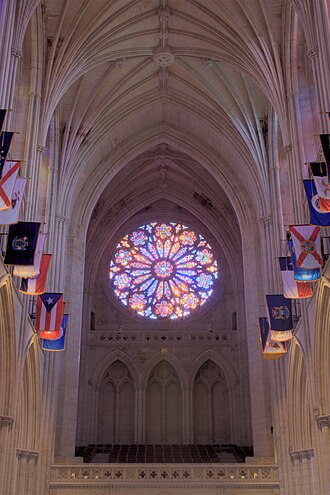 The west rose window was dedicated in 1977 in the presence of both the 39th President, Jimmy Carter, and Queen Elizabeth II (as Supreme Governor of the Church of England).
The Cathedral Church of Saint Peter and Saint Paul in the City and Episcopal Diocese of Washington, commonly known as Washington National Cathedral or National Cathedral, is a cathedral of the Episcopal Church. The cathedral is located in Washington, D.C., the capital of the United States.[1][2] The structure is of Neo-Gothic design closely modeled on English Gothic style of the late fourteenth century. It is the second-largest church building in the United States,[3] and the third-tallest building in Washington, D.C. The cathedral is the seat of both the presiding bishop of the Episcopal Church and the bishop of the Diocese of Washington. Over 270,000 people visit the structure annually.[4]
The Protestant Episcopal Cathedral Foundation, under the first seven bishops of Washington, erected the cathedral under a charter passed by the United States Congress on January 6, 1893.[5] Construction began on September 29, 1907, when the foundation stone was laid in the presence of President Theodore Roosevelt and a crowd of more than 20,000, and ended 83 years later when the "final finial" was placed in the presence of President George H. W. Bush on September 29, 1990. Decorative and restorative work, particularly of damage from a nearby earthquake in 2011, is ongoing as of 2024. The Foundation is the legal entity of which all institutions on the Cathedral Close are a part; its corporate staff provides services for the institutions to help enable their missions, conducts work of the Foundation itself that is not done by the other entities, and serves as staff for the board of trustees.
The cathedral stands at Massachusetts and Wisconsin Avenues in the northwest quadrant of Washington. It is an associate member of the inter-denominational Washington Theological Consortium.[6] It is listed on the National Register of Historic Places. In 2007, it was ranked third on the List of America's Favorite Architecture by the American Institute of Architects.[7]
 Washington National Cathedral Looking SE showing substantial use of flying buttresses.
In 1792, Pierre L'Enfant's "Plan of the Federal City" specified a site for a "great church for national purposes". However he defined it as non-sectarian and nondenominational. Alexander Hamilton modified L'Enfant's plan and eliminated the "church" and several other proposed monuments and that plan was never reproduced. The working plan for the new city was subsequently produced by Andrew Ellicott and it varied in many respects from L'Enfant's. although the essence remained. The National Portrait Gallery now occupies that site.
In 1891, a meeting was held to begin plans for an Episcopal cathedral in Washington. On January 6, 1893, the Protestant Episcopal Cathedral Foundation of the District of Columbia was granted a charter from Congress to establish the cathedral. The 52nd United States Congress declared in the act to incorporate the Protestant Episcopal Cathedral Foundation of the District of Columbia that the "said corporation is hereby empowered to establish and maintain within the District of Columbia a cathedral and institutions of learning for the promotion of religion and education and charity."[8] The commanding site on Mount Saint Alban was chosen.[9] Henry Yates Satterlee, first Episcopal bishop of the Diocese of Washington, chose George Frederick Bodley, Britain's leading Anglican church architect, as the head architect. Henry Vaughan was selected supervising architect.
Construction started on September 29, 1907, with a ceremonial address by President Theodore Roosevelt and the laying of the cornerstone. In 1912, Bethlehem Chapel opened for services in the unfinished cathedral, which have continued daily ever since. When construction of the cathedral resumed after a brief hiatus for World War I, both Bodley and Vaughan had died. Gen. John J. Pershing led fundraising efforts for the church after World War I. American architect Philip Hubert Frohman took over the design of the cathedral and was thenceforth designated the principal architect. Funding for Washington National Cathedral has come entirely from private sources. Maintenance and upkeep continue to rely entirely upon private support.
- Construction of the Washington National Cathedral
-
-
-
-
 Aerial view of the Washington National Cathedral
From its earliest days, the cathedral has been promoted as more than simply an Episcopal cathedral. Planners hoped it would play a role similar to Westminster Abbey. They wanted it to be a national shrine and a venue for great services. For much of the cathedral's history, this was captured in the phrase "a house of prayer for all people." In more recent times the phrases "national house of prayer" and "spiritual home for the nation" have been used. The cathedral has achieved this status simply by offering itself and being accepted by religious and political leaders as playing this role.[10]
Its initial charter was similar to those granted to American University, The Catholic University of America, and other not-for-profit entities founded in the District of Columbia c. 1900. Contrary to popular misconception, the government has not designated it as a national house of prayer.
During World War II, monthly services were held there "on behalf of a united people in a time of emergency."[11] Before and since, the structure has hosted other major events, both religious and secular, that have drawn the attention of the American people, as well as tourists from around the world.
|
|
|
|
Rispondi |
Messaggio 92 di 94 di questo argomento |
|
|
|
|
Rispondi |
Messaggio 93 di 94 di questo argomento |
|
Conoce la historia del Obelisco de Buenos Aires
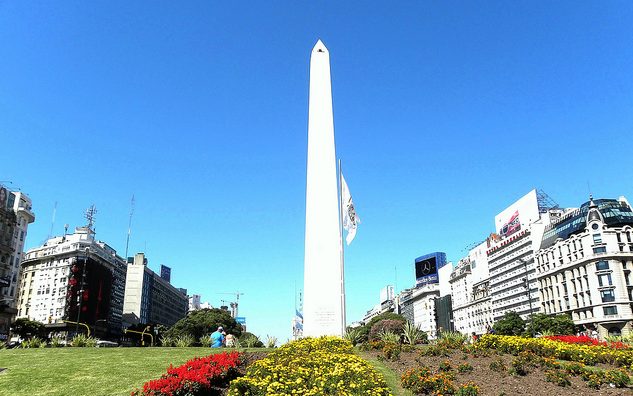
En el barrio de San Nicolás se encuentra uno de los monumentos más destacados de Argentina: el Obelisco de Buenos Aires. Sus casi setenta metros de altura simbolizan la grandeza de Pedro de Mendoza, responsable de la fundación de la ciudad. ¿Quieres saber un poco más acerca de este lugar tan especial? ¡Acompáñanos!
Vamos a recorrer Buenos Aires al completo disfrutando de los principales barrios, avenidas y hermosos monumentos como el que describiremos en este articulo: Tour panorámico.
La historia de Buenos Aires
Buenos Aires – MTPujol / Pixabay.com
Desde sus orígenes, Buenos Aires ha sido una ciudad muy importante. De hecho, tuvo dos fundaciones. La primera llegó en el año 1536, por Pedro de Mendoza; la segunda y definitiva, en 1580 por Juan de Garay. Durante el transcurso de los años, Buenos Aires permaneció como un virreinato español, salvo algunas invasiones inglesas.
Importante para la historia de la ciudad y el país fue la Guerra de la Independencia Argentina, a principios del XIX. Sería unas décadas después cuando Buenos Aires comenzaría configurarse como lo que es hoy, una ciudad mestiza y ecléctica. La razón es que en la mitad del siglo llegarían hasta ella miles de inmigrantes de todas partes de Europa y también de Asia.
“Invertir en viajar es invertir en uno mismo.”
-Matthew Karsten-
El Obelisco de Buenos Aires
Obelisco – a r c a n g e l t / commons.wikimedia.org
Se levantó en el año 1936, coincidiendo con el cuarto centenario de la fundación de la ciudad por Pedro de Mendoza. Aunque el monumento también conmemora la primera vez que se izó la bandera de Argentina en la iglesia San Nicolás.
Fue diseñado por Alberto Prebisch, un arquitecto argentino. Su inspiración es clara: los obeliscos que en el Antiguo Egipto se levantaban en las entradas de los templos. De hecho, su creador reconoció que había ideado el diseño del monumento basándose en los obeliscos que había visto en sus viajes a París.
Su construcción se hizo en tiempo récord
Obelisco – llee_wu / Flickr.com
Para la construcción del obelisco se invirtieron cuatro semanas, en concreto, 31 días. Las obras comenzaron el 20 de marzo y terminaron el 23 de mayo. El arquitecto trabajó con la empresa alemana Siemens Baunnion y costó un total de doscientos mil pesos. En él trabajaron un total de 157 obreros.
No obstante, la construcción generó una fuerte polémica. En el lugar actual del obelisco se encontraba la iglesia de San Nicolás de Bari, el lugar donde se izó por primera vez la bandera de Argentina en el año 1812. El gobierno de Buenos Aires decidió demolerla, lo que no fue muy aceptado por las gentes de la ciudad.
Algunos accidentes posteriores
Base del Obelisco – Aidan Wakely-Mulroney / Flickr.com
Una noche de junio de 1938 se produjeron algunos desprendimientos de piedra sobre unas gradas donde el día anterior se había producido una celebración. Ello provocó el miedo y también las reticencias de la población.
Fue entonces cuando llegó la segunda polémica con respecto al monumento. Hubo sectores más tradicionalistas que no estaban a favor de la construcción de monumentos tan modernos. Se trató de lograr su demolición mediante una votación en el Congreso, pero no prosperó.
Continuaron las quejas e ironías
Si ya la ubicación del obelisco había generado controversias, también lo fue el aspecto del monumento. Aquellos más a favor de construcciones más tradicionales lo criticarían duramente. Algunos de sus apodos fueron “punzón”, “estaca” o “pisapapeles de acero y cemento”.
Cómo llegar al Obelisco de Buenos Aires
Obelisco – David Stanley / Flickr.com
El Obelisco de Buenos Aires se encuentra en el Barrio de San Nicolás, en pleno centro de la ciudad. En concreto, se alza sobre la Plaza de la República, que une las avenidas del 9 de Julio y Corrientes.
Mide 67,5 metros de altura y está permitida la visita. En la cima del obelisco hay un mirador con cuatro ventanas, que proporcionan unas vistas impresionantes de la ciudad. Sin embargo, para poder llegar hay que subir un total de 206 escalones. Pero, sin duda, el esfuerzo merecerá la pena.
Actualmente, el Obelisco de Buenos Aires es uno de los principales iconos de la ciudad y uno de sus grandes atractivos. La mayor parte de las celebraciones en Buenos Aires tienen lugar frente al él, también protestas y manifestaciones.
Y, ya que estás en la capital argentina, queremos proponerte algunos lugares más que debes visitar, como la Plaza de Mayo, la Casa Rosada, la Plaza General de San Martín o el cementerio de la Recoleta. Y si quieres sentir el Buenos Aires más auténtico, visita el barrio de La Boca.
Fotografía de portada: Cyro Silva / Flickr.com
¿Queréis conocer los orígenes de la capital argentina? Este tour gratis por Buenos Aires es la mejor manera.
https://miviaje.com/historia-obelisco-de-buenos-aires/ |
|
|
|
Rispondi |
Messaggio 94 di 94 di questo argomento |
|
|
|
 Primo Primo
 Precedente
80 a 94 de 94
Successivo Precedente
80 a 94 de 94
Successivo
 Ultimo
Ultimo

|
|
| |
|
|
©2025 - Gabitos - Tutti i diritti riservati | |
|
|
